
Viewing the Ursid Meteor Shower in 2025
Particles from periodic comet 8P/Tuttle follow the comet’s 14 year orbit around the sun and intercepts the Earth from December…

Particles from periodic comet 8P/Tuttle follow the comet’s 14 year orbit around the sun and intercepts the Earth from December…

Heather Wendelboe processed this composite photograph of Quadrantid meteors from exposures taken on the morning of 3 January 2021, from…
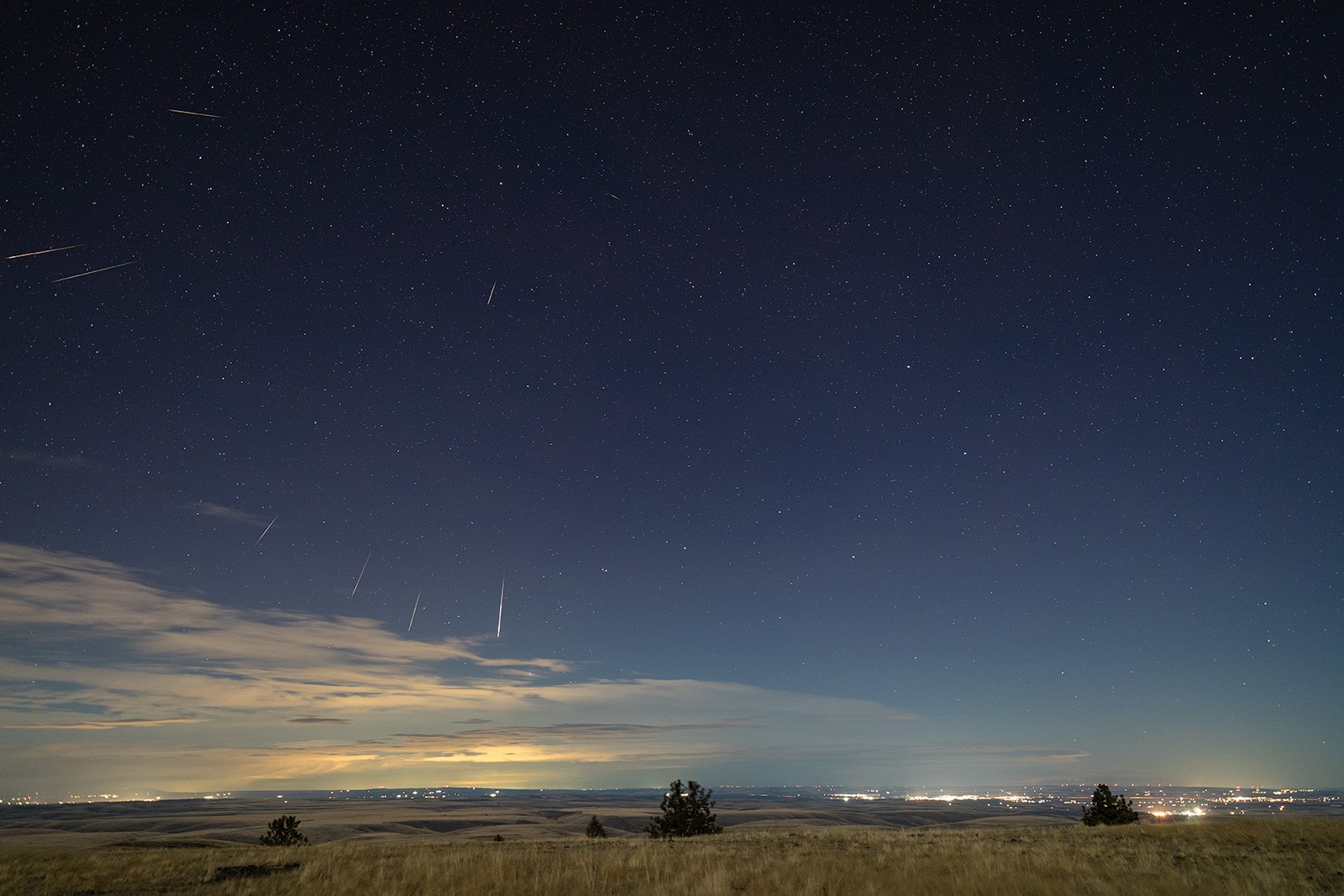
Wade Earle captured these Ursids from rural eastern Oregon, USA, on the evening of December 21, 2020, when the first…
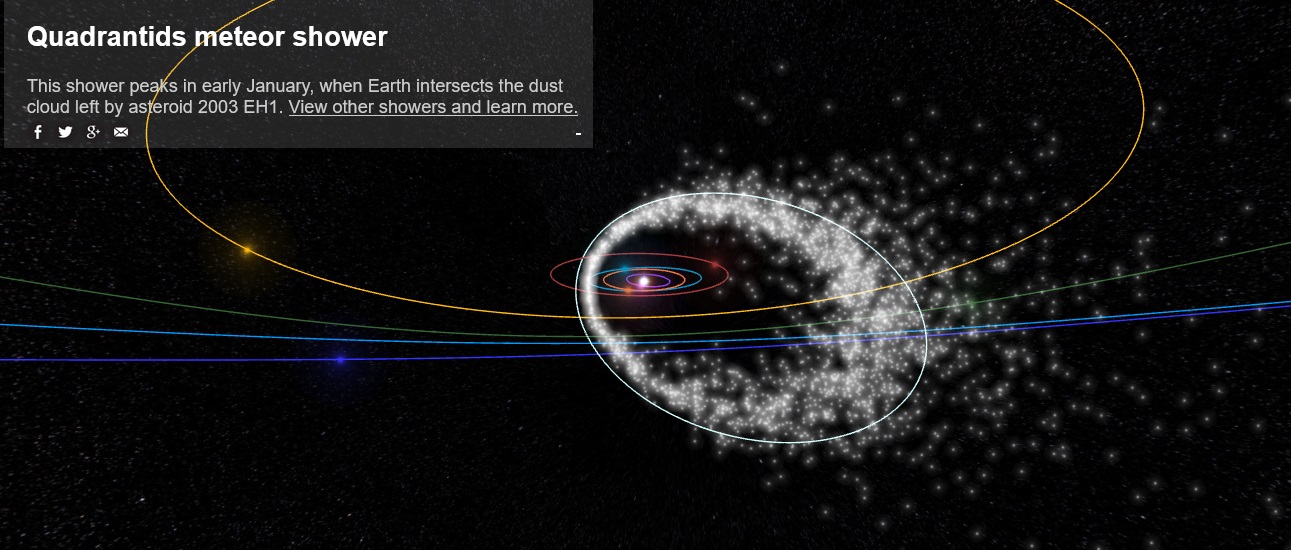
The illustration above displays the orbits of actual Quadrantid meteors captured on multiple video cameras. The angle of the view…

The Quadrantids can be one of the strongest displays of the year, yet they are difficult to observe. The main factor is that the display of strong activity only has a duration of about 6 hours. The reason the peak is so short is due to the shower’s thin stream of particles and the fact that the Earth crosses the stream at a perpendicular angle.
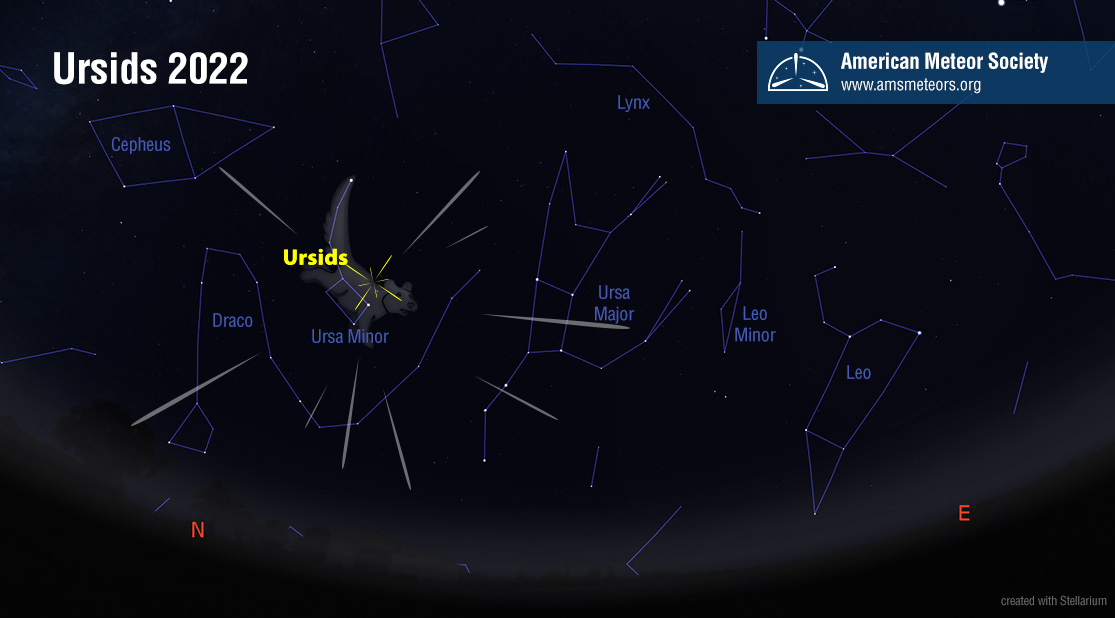
The Ursids are active from December 13-24 with a sharp maximum on December 22nd.

Year in and year out the Geminids are currently the most dependable meteor shower.

The AMS received 1102 reports so far and some videos displaying a fireball event that occurred over Ohio and West Virginia on Thursday December 1st 2022, 7:34 PM Eastern Standard Time (Dec 2nd, 2022 0:34 Universal Time).

One good thing about a Perseid maximum with lunar interference is that it guarantees that two weeks prior that the…

The Quadrantids can be one of the strongest displays of the year, yet they are difficult to observe.

Year in and year out the Geminids are currently the most dependable meteor shower. Unfortunately, they are active in December when temperatures are often cold and skies cloudy in the northern hemisphere. Then is this display worth viewing this year? Most certainly, but this year will be compromised with a bright waxing gibbous moon in the sky until 2:00am. Many meteors can still be seen it will be more of a challenge than usual.

In 2020, the full moon coincided with the shower's maximum and the display was muted. This year, conditions are better as the much less bright waning crescent moon will be located 10 degrees south of the radiant at maximum activity.

Location of the Ursid (URS) radiant on December 21/22, looking slightly east (right) of due north. The Ursid meteor shower…

The Geminids are usually the strongest meteor shower of the year. The Geminids are expected to be active between December 1st and 22nd this year. The highest rates are expected to occur on the night of December 13/14, when rates can exceed one per minute from dark sky sites.

Our friends at the IMO just released their annual meteor shower calendar for 2021: everything you need to know about 2021 meteor activity in 28 pages.

One good thing about a Perseid maximum with lunar interference is that it guarantees that two weeks prior that the Southern delta Aquariids (SDA) will peak under good conditions. Such is the case in 2020 when the last quarter moon will diminish the Perseid peak. The SDA's will peak on July 29th with a waxing gibbous moon setting just as the SDA radiant culminates in the southern sky.

The eta Aquariids are the outbound particles of the Halley's comet. Activity from this shower will increase nightly and peak on May 5 and 6. (photo credit: May, 2nd 2017, Meteor over Mono Lake - © Jeff Sullivan Photography.com)

The Ursids are active from December 19-24 with a sharp maximum on December 22nd. Conditions are favorable for viewing the Ursids in 2019 as the moon’s phase will be a waning crescent situated in the constellation of Libra...
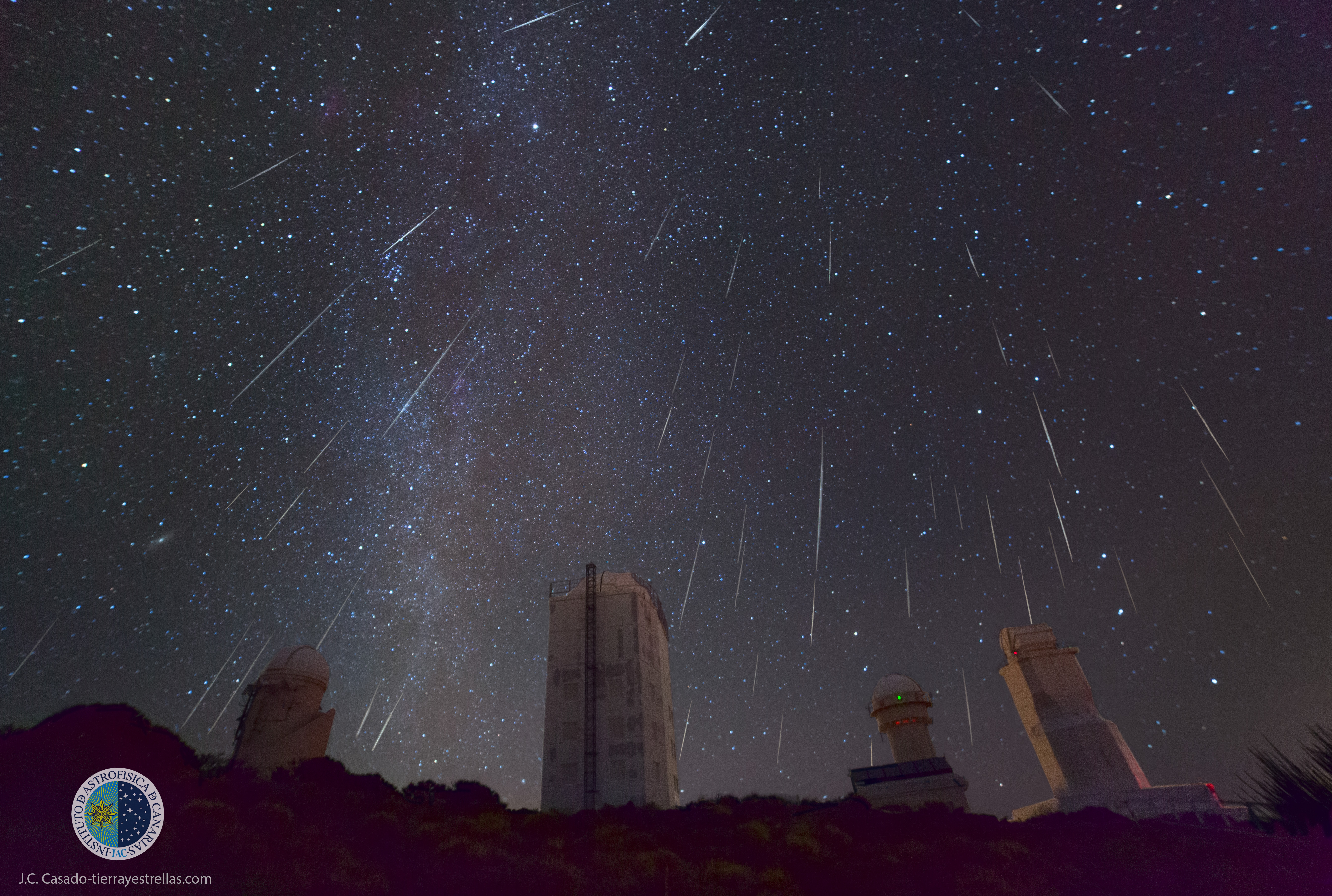
Everything you need to know to enjoy the most dependable meteor shower of the year (despite the moon)...

The Orionids The Orionids, like all meteor showers, are named after the constellation in which they appear to come from,…
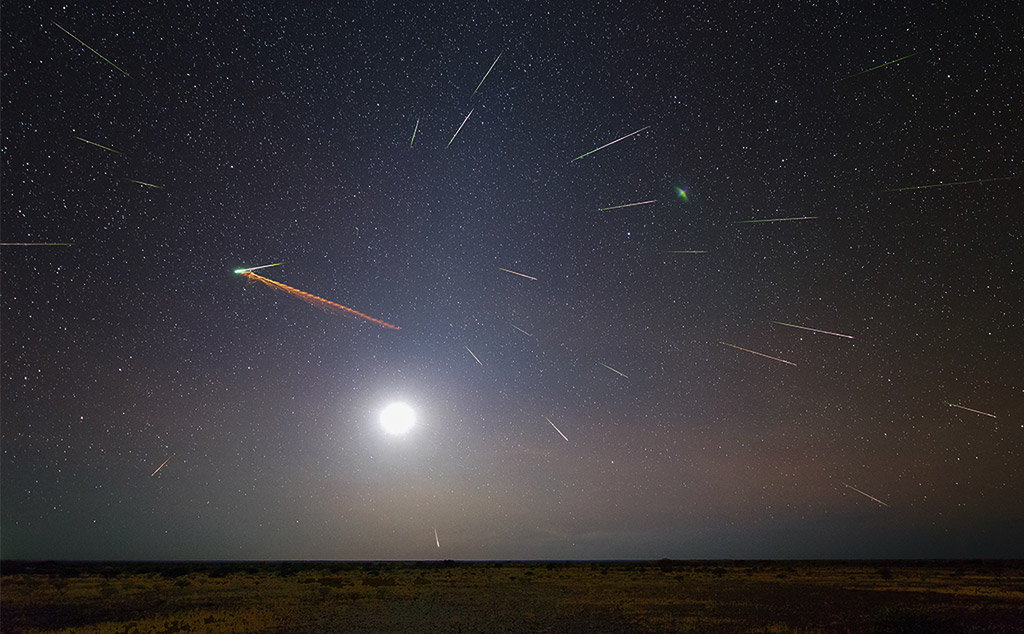
The eta Aquariids (ETA) are active between April 17 and May 24. The strongest activity is usually seen near May 7, when rates can reach 25-30 meteors per hour as seen from the tropical areas of the Earth.